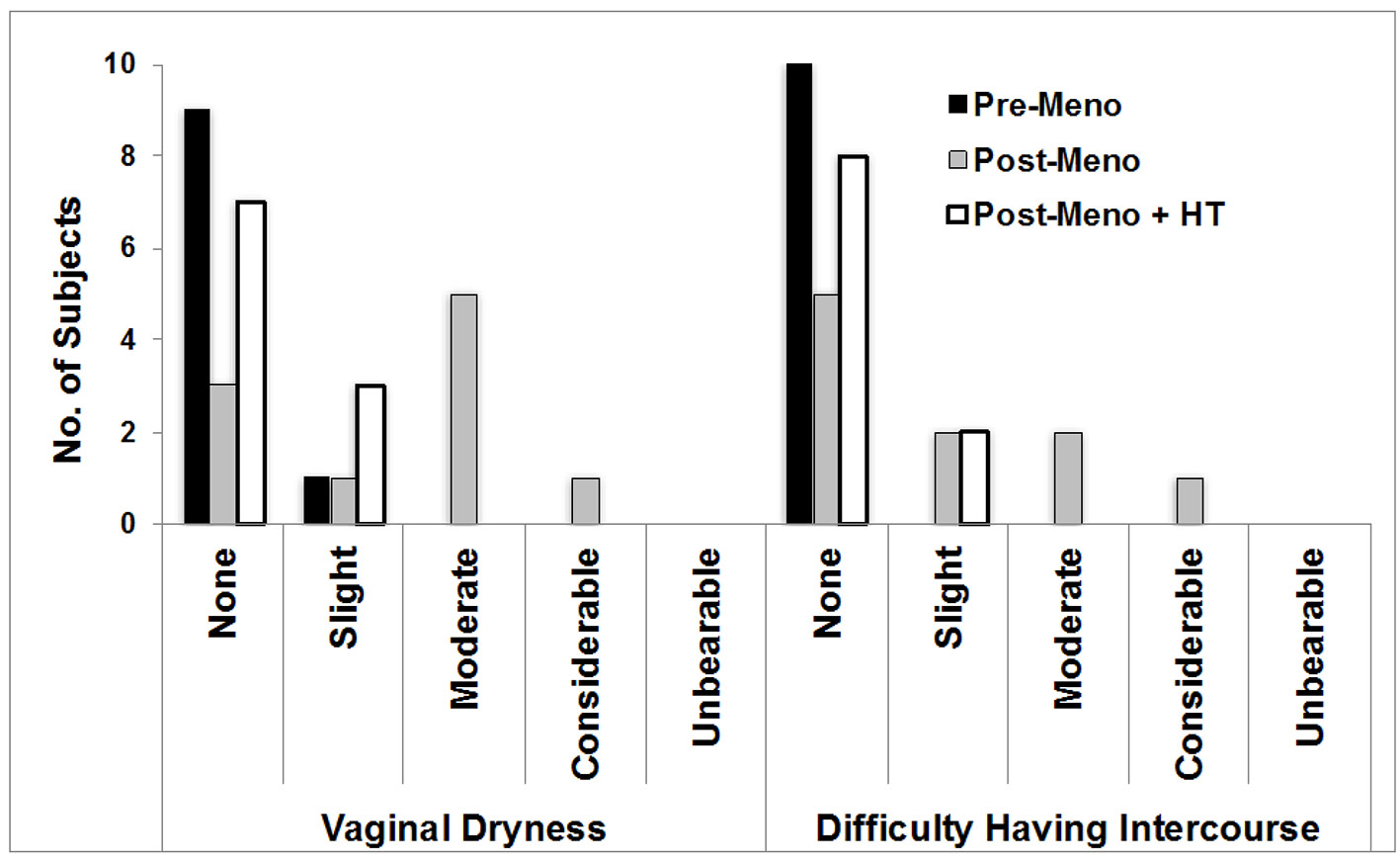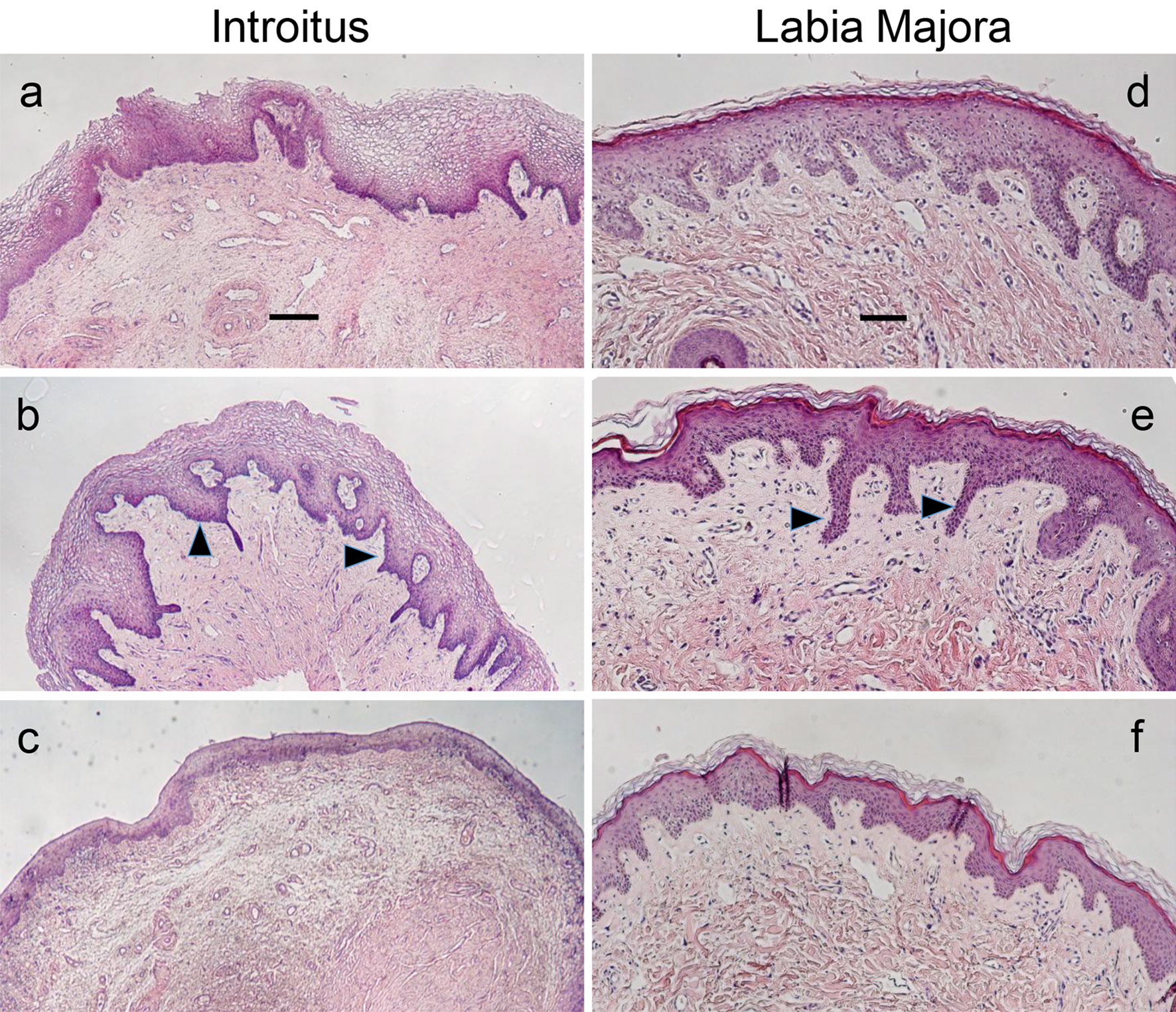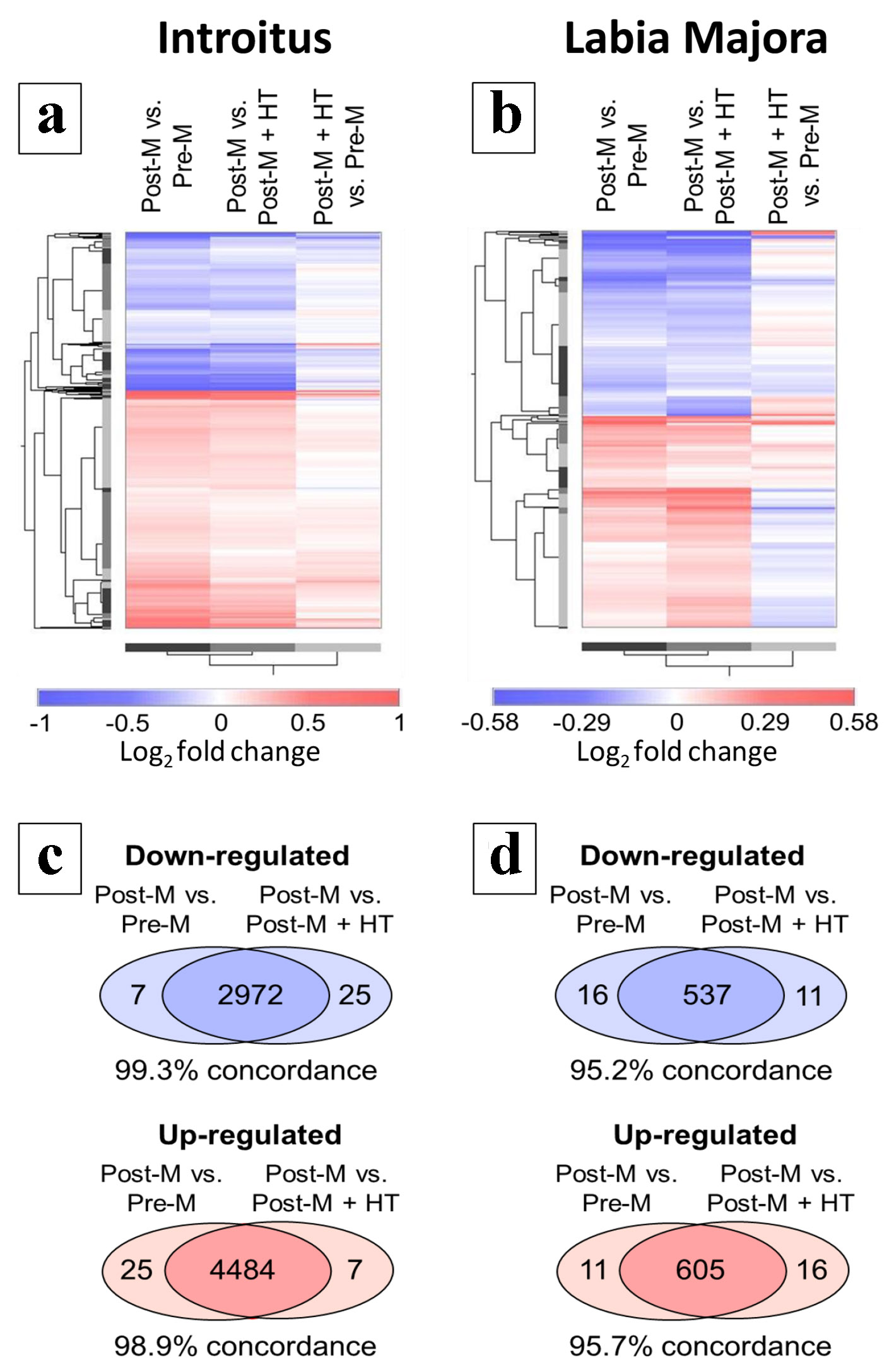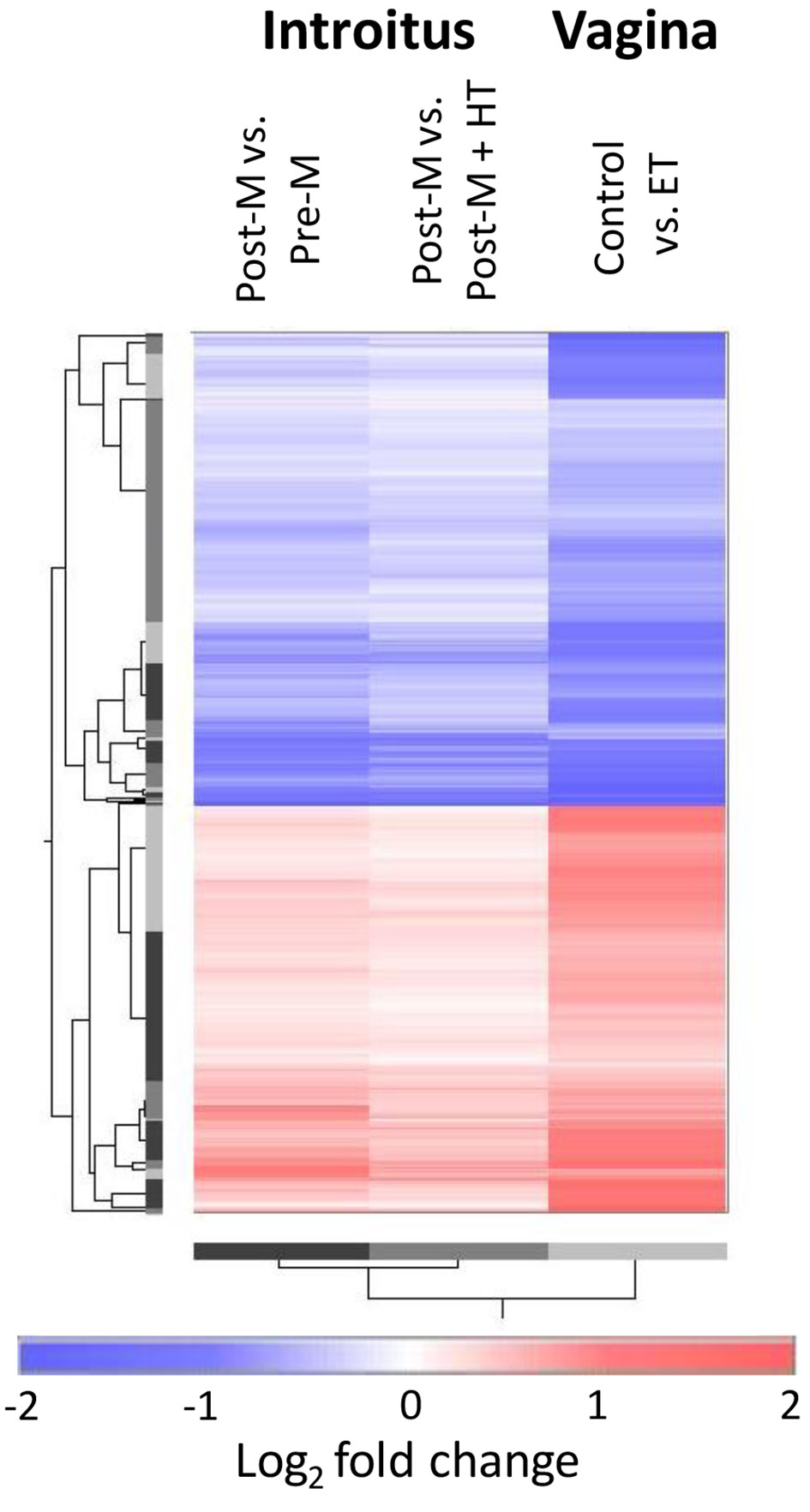| Up-regulated with atrophy | | |
| Immunoglobulin mediated immune response | 1.81 × 10-4 | ACKR1, ARHGDIB, C1RL, C3AR1, CD74, CFH, CTSS, CXCL16, ENPP2, GALNT2, HLA-DMA, HLA-DPA1, HLA-DRB1, HLA-E, HRH1, INPP5D, ITPKB, LGALS3BP, MYD88, NTRK3, PRKCA, RGS1, SERPING1, SRGN, STAT5B, SWAP70, TAP2, TCIRG1, TNFRSF1A, VSIG4 |
| Antigen processing and presentation | 5.11 × 10-3 |
| Immune effector process | 4.02 × 10-4 |
| Actin cytoskeleton organization | 1.04 × 10-2 | ABI2, ARAP3, ARHGDIB, DAAM2, DBN1, EHD2, FGD5, LIMCH1, PACSIN2, PRR5, PTK2, SHROOM4, TLN1 |
| Apoptosis | 1.67 × 10-2 | AARS, BAG1, BCL2A1, BMF, CD74, CIB1, DPF2, DYRK2, ERCC3, GATA6, GSPT1, HIP1, HTRA2, IGFBP3, ILK, INPP5D, ITSN1, LITAF, MCF2L, MDM4, MOAP1, MYD88, NEK6, PCGF2, PRKCA, RPS27L, SETX, SLC11A2, SRGN, STAT5B, TNFRSF1A, TNFRSF21 |
| Down-regulated with atrophy | |
| Epithelial cell differentiation | 3.00 × 10-4 | DHRS9, HECTD1, KAZN, LCE3D, PGR, PPL, SCEL, SHROOM3, SPRR2A, SPRR3, UPK1A |
| Regulation of cellular catabolic process | 2.69 × 10-2 | ABHD5, HIF1A, ITCH, PPP1CB, PPP1R3C, PTPN3 |
| Phospholipid metabolic process | 2.32 × 10-2 | ABHD5, AGPS, ALOX12, CMAS, CWH43, DHRS9, GPAT3, PIGN, PIK3R1, PLAA, PLD1, PRDX6, PTEN, SCD, SPTLC1 |
| Cellular response to insulin stimulus | 3.48 × 10-2 | CDKN2B, ERO1A, GAB1, GATM, GLUL, GNG12, HMOX1, KAT2B, LPIN1, ME1, NOD2, PIK3R1, PLD1, PTEN, VLDLR |
| Polysaccharide biosynthetic process | 3.48 × 10-2 | B3GNT2, CMAS, GALNT5, PPP1CB, PPP1R3C, UGDH |



